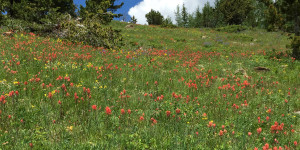Click on any of the items below for more specific wildflower and grass planting tips:
 USDA Plant Hardiness Zone Map
USDA Plant Hardiness Zone Map
Gardening eBooks
Wildflower Seed Planting Tips
Fall Planting
Grass Planting Tips
Choosing the Right Grass Type
Dangers of Tilling
Helpful Resources
